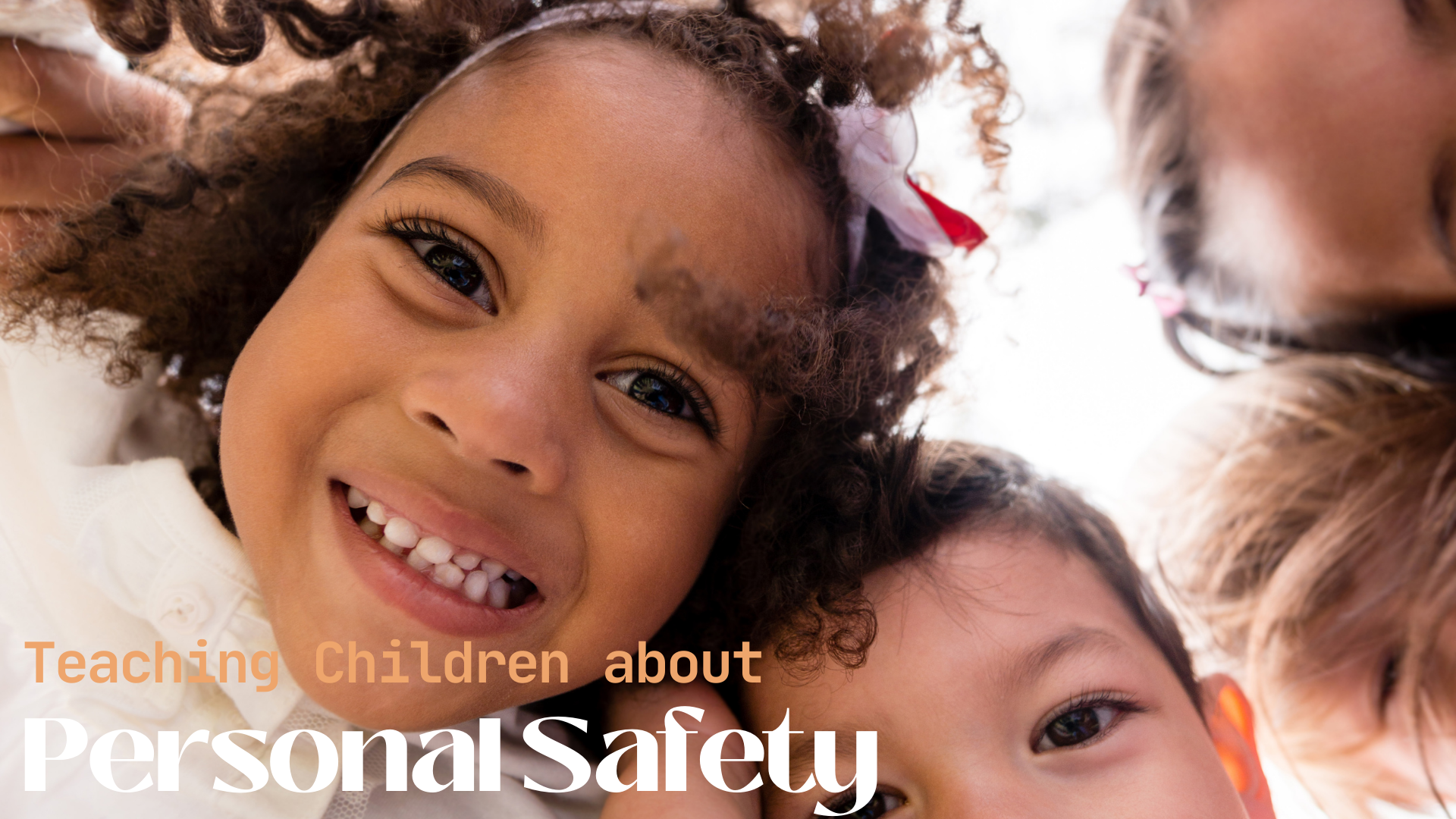Published by: Digital Schools
Teaching children about personal safety is crucial for their well-being. Parents play a vital role in providing guidance and establishing open communication with their children. Here are some guidelines for parents to teach children about personal safety:
Start Early:
- Begin teaching personal safety from a young age. Use age-appropriate language and concepts to convey important messages.
Open Communication:
- Foster an environment where your child feels comfortable discussing anything with you. Encourage them to ask questions and express their concerns without fear of judgment.
Teach Body Autonomy:
- Help children understand the concept of personal boundaries and the importance of respecting others’ boundaries. Teach them that their bodies belong to them, and they have the right to say “no” to unwanted physical contact.
Identify Trusted Adults:
- Help your child identify and recognize trusted adults, such as parents, teachers, and relatives. Emphasize that they can turn to these individuals if they ever feel uncomfortable or unsafe.
Teach Basic Anatomy:
- Use age-appropriate language to teach children about their own bodies. This helps them understand what is considered private and empowers them to communicate about any inappropriate behaviour.
Role-playing:
- Practice different scenarios through role-playing to help children develop the skills to respond appropriately in real-life situations. This can include saying “no,” leaving uncomfortable situations, or seeking help.
Online Safety:
- Educate children about the potential dangers of the internet, including online predators and inappropriate content. Teach them about the importance of privacy settings and the significance of not sharing personal information online.
Establish Safety Rules:
- Set clear safety rules for your child, such as not opening the door to strangers, not sharing personal information with unknown individuals, and always informing you or another trusted adult about their whereabouts.
Emergency Contact Information:
- Ensure your child knows their full name, address, and your contact information. Teach them how to dial emergency services and when it is appropriate to use this option.
Trust Instincts:
- Encourage children to trust their instincts. If something doesn’t feel right, teach them to remove themselves from the situation and seek help.
Safe and Unsafe Secrets:
- Differentiate between safe and unsafe secrets. Teach children that they should never keep secrets that make them feel uncomfortable, scared, or uneasy. Unsafe secrets are those that involve harm or danger.
Reinforce Self-Esteem:
- Help build your child’s self-esteem, as children with higher self-esteem are often more confident and assertive in expressing their feelings and setting boundaries.
Remember, the key is to maintain open communication and create an environment where your child feels safe discussing personal safety topics. Regularly revisit these conversations as your child grows and encounters new situations


